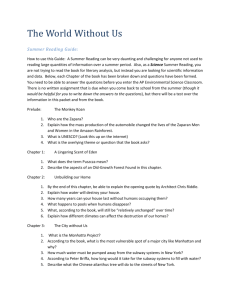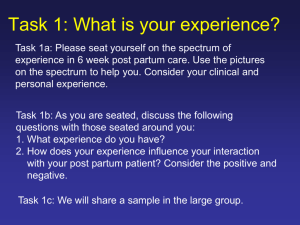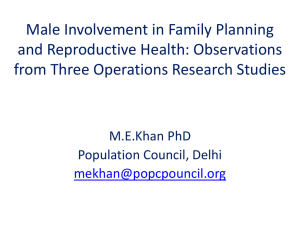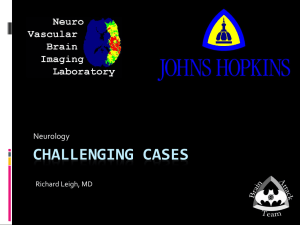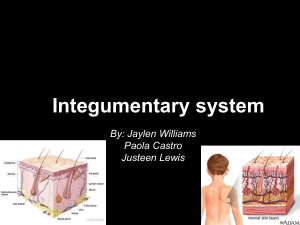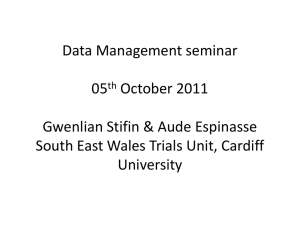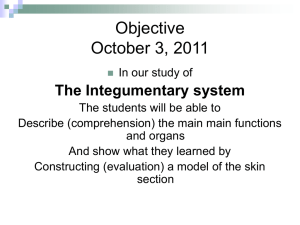Normal Puerperium 2 - Awhonn
advertisement
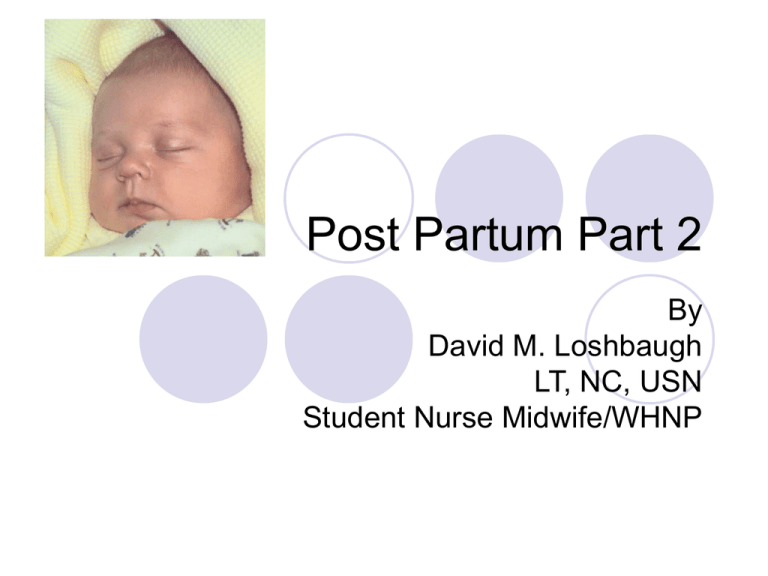
Post Partum Part 2 By David M. Loshbaugh LT, NC, USN Student Nurse Midwife/WHNP Renal Structure Hemodynamic Glomerular Filtration Tubular Function Fluid and Electrolyte Homeostasis Renin- AngiotensenAldosterone System Volume Homeostasis Post partum Renal Structural Alterations in ureters and bladder tone may return to normal by 6-8 weeks or last for months. Renal continued Hemodynamics -Returns to non-pregnant state by 6 weeks Glomerular Filtration-Initial rapid excretion of sodium and water especially on postpartum days 2-5 up to 3,000 ml/day returns to non-pregnant state by 6 weeks. Tubular function Increase creatinine clearance immediately after delivery which returns to normal by 6 days post partum Excretion of solutes returns to normal by 7 days post partum. Renal Continued Fluid and electrolyte Hemostasis Returns to normal by 21 days Renin-AngiotensenAldosterone System (RAA) – RAA fall immediately after delivery then increase for 14 days Then return to normal Volume Homeostatsis -Returns to non-pregnant state by two weeks after delivery Neuromuscular/ Sensory Ocular ENT Musculo-Skeletal Sleep Ha ha Neuromuscular/ Sensory Ocular Corneal edema and blood flow return to normal by 6-8 weeks Subconjuctival hemorrhages resolve spontaneously ENT Hoarseness, ear and nasal stuffiness resolve spontaneously in a few days Musculo-Skeletal Lordosis may resolve by 6 weeks Waddle resolves by 6 weeks Diastasis recti may persisit Sleep Changes in REM and NREM sleep normalize by two weeks Generally a decrease in sleep time Generally an increase in night awakening GI and Hepatic Food intake Mouth and Pharynx Esophagus Stomach Pancreas Small and Large Intestines Gall Bladder Liver Weight Gain GI and Hepatic Food intake-Appetite stabilized Cravings disappear-Strong influenced by cultural and economic factors Mouth and Pharynx-Gingivitis risk decreases Salvia amounts and acidity normalize Esophagus Sphincter tone returns Peristalysis normalizes Stomach Gastric motility returns to normal Gastric acid levels return to normal Pancreas Pancreatic risk decreases Small and large intestines Gastric motility decreases 2-3 days Normal bowel movement 2-3 days and Normal bowel pattern 8-14 days GI and Hepatic Gall bladder Increases contractility so gall empties and expels stones Can lead to gallstone pancreatitis Liver Liver function studies return to normal 10-14 days Spider angiomata and palmar erythema disappear or diminish. Weight gain At delivery-12 lbs weight loss Initial weight loss is seen in first 3 days Then steady loss over 3-6 months Occurs sooner in women of young age, low parity and low prepregnant weight. Reproductive Uterus Placental Site Lochia Breasts Cervix Vagina Reproductive Uterus Decrease in size of cells Re-organization and shedding of decidua/ endometrium by three weeks. Non pregnant size at 6 weeks. Placental Site Decrease in size with decrease in uterine size by half. Regeneration from sides and beneath by 6 weeks Lochia Rubra birth to 3-4 days; blood decidua. Serosa ends 7-8 days, serous fluids, decidual tissue, leukocytes, erythrocytes. At 10-14days, increase of rubra with shedding of placental scab. Alba 10days to whenever; leukocytes and decidual cells. Reproductive Breasts Drop in estrogen and progesterone initiate lactation/milk production Cervix Immediately, ulcerations, lacerations, ecchymosis, admits 2-3 fingers. One week admits 1-2 fingers. Four weeks non pregnant Vagina Immediately postpartum, stretched, edematous, bruised. One day it regains some tone, decreased gapping, no edema, smooth walled. Three weeks decreased in size, increased rugae. Integumentary Hyperpigmentation Chloasma Connective Tissue Spider Nevi Palmar Erthyema Non-Pitting Edema Capillary Hemangiomas Varicosities Skin tags Secretory Glands Pruritis Integumentary Hyperpigmentation Tend to fade but may remain in dark complected women. Freckles, nevi and recent scars generally revert to previous state. Chloasma Fades by one year but may persist Connective tissue Striae fade to white but never disappear. Spider Nevi Fades 6-18 weeks. May not completely disappear. Palmar Erythema Disappears by one week. Non-Pitting Edema -Resolves by one week Integumentary Capillary Hemangiomas Regress but don’t disappear Varicosities Generally regress but don’t disappear. Skin tags May disappear, regress, or remain Secretory glands Resolve by 2-6 weeks. Hair growth Increased hair loss by 4-20 weeks. Regrowth by 6-15 months. Fine hairs in face may disappear but coarse ones may remain Pruritis Always clears by six weeks Host Defense Mechanisms Primary Host Defense Mechanism Cell-mediated Immunity Antibody Mediated Immunity Host Defense Mechanisms Primary Host Defense Mechanism Decreases to WBCs 6-10,000 after high 25-30,000 during intrapartum and immediate post partum. Returns to normal in 4-7 days Cell-mediated Immunity Helper T- cells (T4) remain elevated for 2-3 months. T lymphocyte function returns to normal so risk of viral infection decreases Antibody mediated Immunity IgG returns to normal. Susceptibility to strep infection decreases Ha Ha The End

